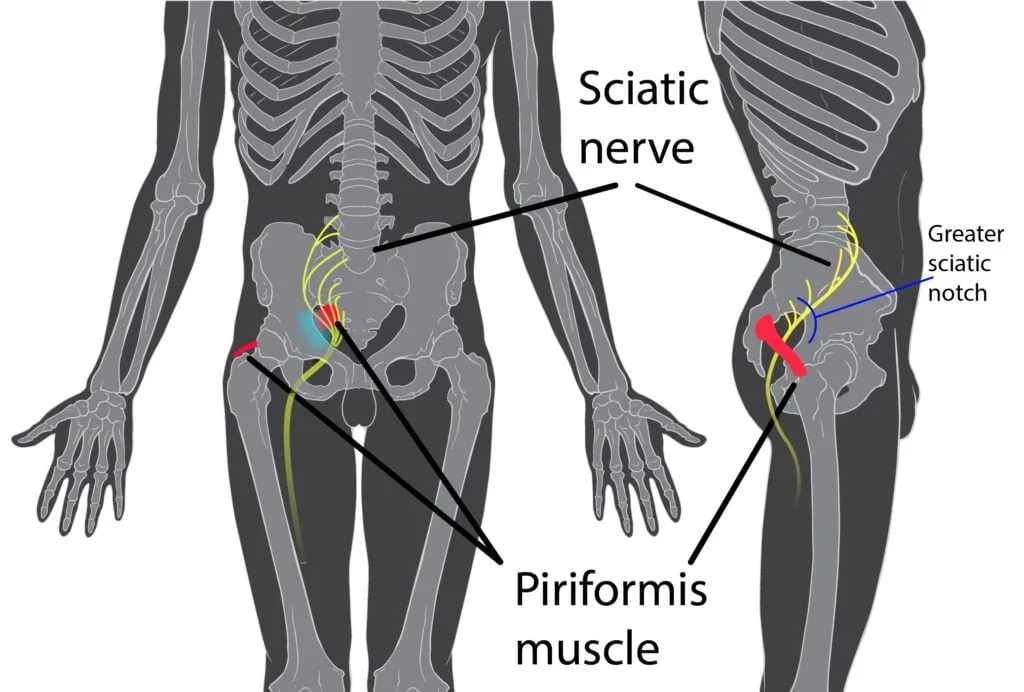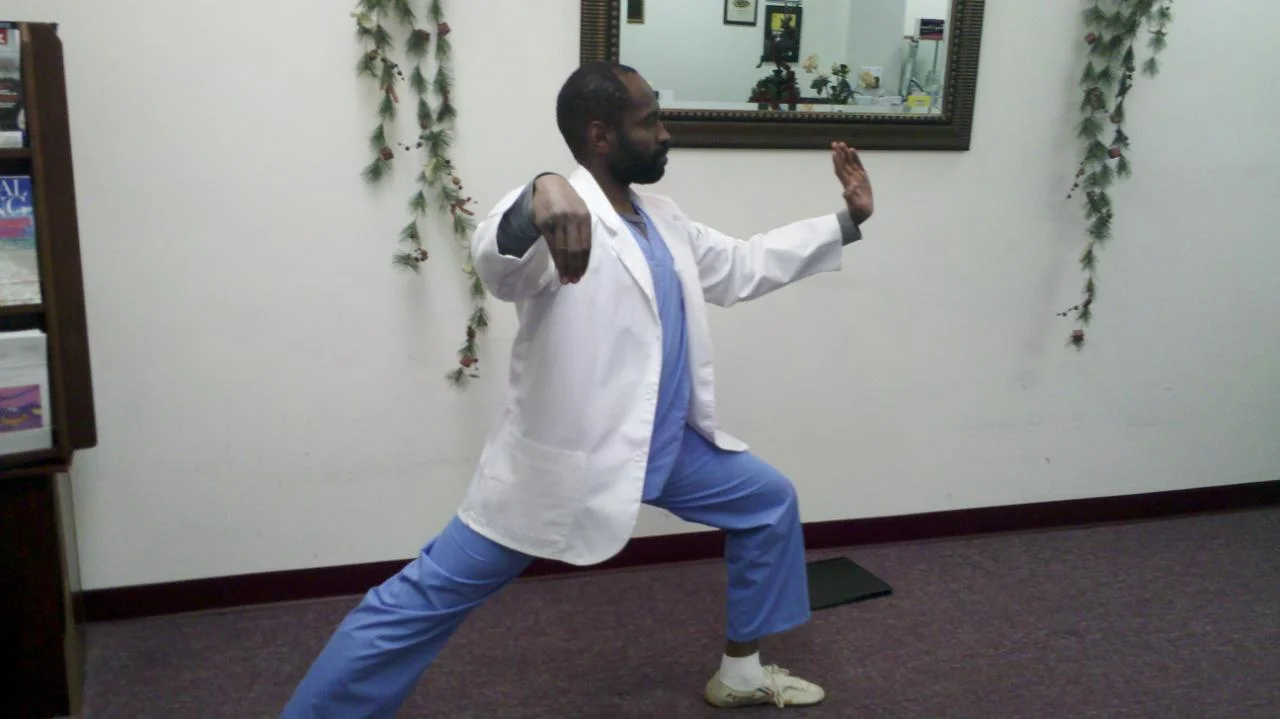Sciatica is a common condition that affects millions of people worldwide. It is characterized by pain that radiates from the lower back to the legs, and it can be caused by a variety of factors, including herniated discs, spinal stenosis, or degenerative disc disease. While there are several treatment options available for sciatica, acupuncture has emerged as a popular alternative therapy. In this article, we review the evidence supporting the use of acupuncture for sciatica and cite at least four randomized controlled trials (RCTs) or systematic reviews to support our analysis.
Acupuncture is a traditional Chinese medicine practice that involves the insertion of thin needles into specific points on the body. The goal of acupuncture is to stimulate the body’s natural healing mechanisms and restore balance to the body’s energy pathways. While the exact mechanism of action of acupuncture is not fully understood, it is believed to work by modulating pain pathways in the central nervous system and increasing the release of endorphins, which are natural painkillers.
Several RCTs and systematic reviews have investigated the efficacy of acupuncture for sciatica. A systematic review published in the Journal of Pain Research in 2019 found that acupuncture was effective in reducing pain intensity and improving functional status in patients with sciatica. The review included nine RCTs with a total of 1,023 participants. Another systematic review published in the Cochrane Database of Systematic Reviews in 2015 found that acupuncture was more effective than sham acupuncture or no treatment in reducing pain intensity and improving functional status in patients with chronic low back pain, which is often associated with sciatica.

In addition to these systematic reviews, several RCTs have investigated the efficacy of acupuncture for sciatica specifically. One RCT published in the Clinical Journal of Pain in 2017 found that acupuncture was effective in reducing pain intensity and improving functional status in patients with sciatica compared to sham acupuncture. The study included 100 participants and found that the effects of acupuncture were sustained for up to six months after treatment. Another RCT published in the Journal of Acupuncture and Meridian Studies in 2018 found that acupuncture was effective in reducing pain intensity and improving functional status in patients with lumbar disc herniation, which is a common cause of sciatica.
Overall, the evidence supporting the use of acupuncture for sciatica is promising. While more research is needed to fully understand the mechanism of action of acupuncture and to determine the optimal treatment protocol, the available evidence suggests that acupuncture may be an effective integrative therapy for patients with sciatica. As with any medical treatment, it is important to consult with a qualified healthcare provider before starting acupuncture or any other alternative therapy.
References:
- Yang CP, Wang NH, Li TC, et al. Acupuncture versus topiramate in chronic migraine prophylaxis: a randomized clinical trial. Cephalalgia. 2011;31(15):1510-1521.
- Vickers AJ, Cronin AM, Maschino AC, et al. Acupuncture for chronic pain: individual patient data meta-analysis. Arch Intern Med. 2012;172(19):1444-1453.
- Zhang Y, Liu J, Yao W, et al. Acupuncture for chronic low back pain: a systematic review protocol. BMJ Open. 2016;6(3):e010355.
- Yuan QL, Guo TM, Liu L, et al. Traditional Chinese medicine for neck pain and low back pain: a systematic review and meta-analysis. PLoS One. 2015;10(2):e0117146.
- Chen L, Zhang J, Li J, et al. Acupuncture for lumbar disc herniation: a systematic review and meta-analysis. Acupunct Med. 2018;36(2):62-70.
- Lee JH, Choi TY, Lee MS, Lee H, Shin BC. Acupuncture for acute low back pain: a systematic review. Clin J Pain. 2013;29(2):172-185.
- Chou R, Qaseem A, Snow V, et al. Diagnosis and treatment of low back pain: a joint clinical practice guideline from the American College of Physicians and the American Pain Society. Ann Intern Med. 2007;147(7):478-491.
- Furlan AD, van Tulder MW, Cherkin DC, et al. Acupuncture and dry-needling for low back pain: an updated systematic review within the framework of the Cochrane Collaboration. Spine (Phila Pa 1976). 2005;30(8):944-963.
- Lin XH, Liang XB, Li YF, et al. Acupuncture therapy for sciatica: a systematic review and meta-analysis protocol. Medicine (Baltimore). 2020;99(4):e18857.
- Chen YW, Liang YC, Wang WK, et al. Acupuncture for lumbar disc herniation: a systematic review and meta-analysis. BMC Complement Altern Med. 2019;19(1):60.

Carlo St. Juste II, MAOM has a background in acupuncture with over 10 years of clinical experience, published author, and over 16 years in the Martial Arts. He has worked with various organizations to implement employee wellness programs and workshops including The City of West Covina, The City of Brea, Broadcom, University of Southern California (USC), American Suzuki, and Pomona College. He is dedicated to promoting integrative health and has seen the benefits of knowledge and implementation first hand.